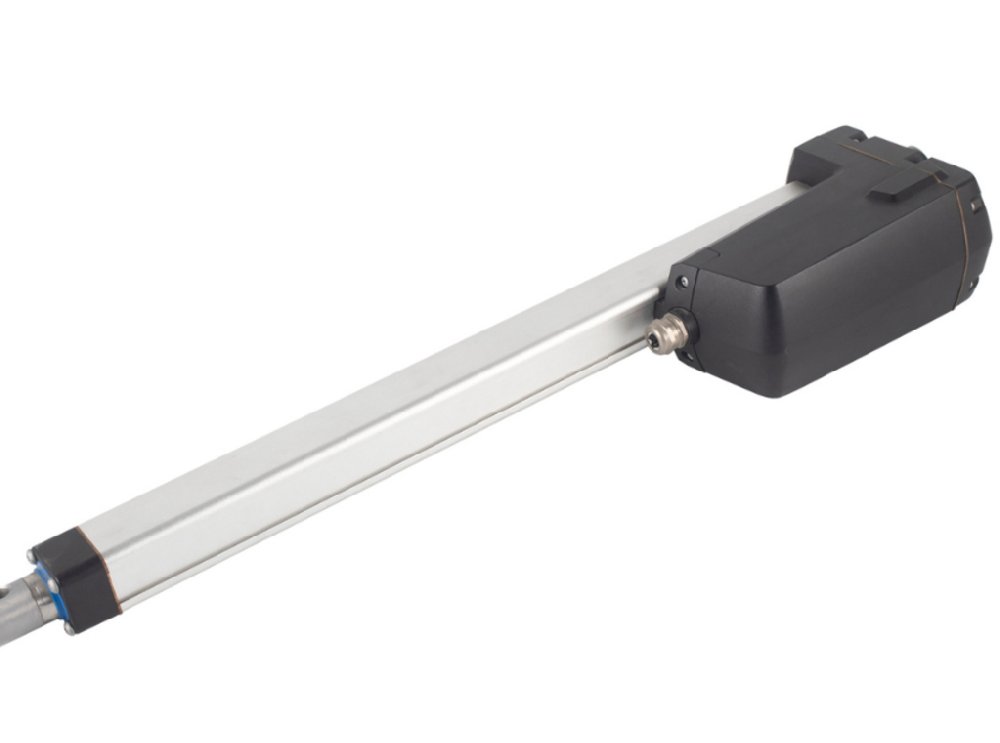
With the continuous advancement of industrial automation, the industrial linear actuator industry has ushered in new development opportunities, but also faces many challenges. From the perspective of market demand, the rise of emerging industries such as new energy and aerospace has put forward higher requirements for the performance and reliability of industrial linear actuators. For example, in the production line of new energy vehicles, high-precision and high-speed industrial linear actuators are required to realize the automated operation of key processes such as battery assembly.
In terms of technological development trends, miniaturization and integration will become important development directions for industrial linear actuators. With the progress of electronic technology and precision manufacturing processes, industrial linear actuators will become more compact, making it easier to integrate into complex equipment. At the same time, the combination with technologies such as big data and cloud computing enables industrial linear actuators to have remote monitoring and data analysis capabilities, realizing intelligent management and predictive maintenance of equipment. In addition, energy conservation and environmental protection will also become the focus of the industry. Developing low-energy-consumption and high-efficiency industrial linear actuator products not only conforms to the concept of sustainable development but also meets the needs of enterprises to reduce operating costs. In the future, the industrial linear actuator industry will continuously expand its application fields through technological innovation and industrial upgrading, providing stronger power support for industrial development.
